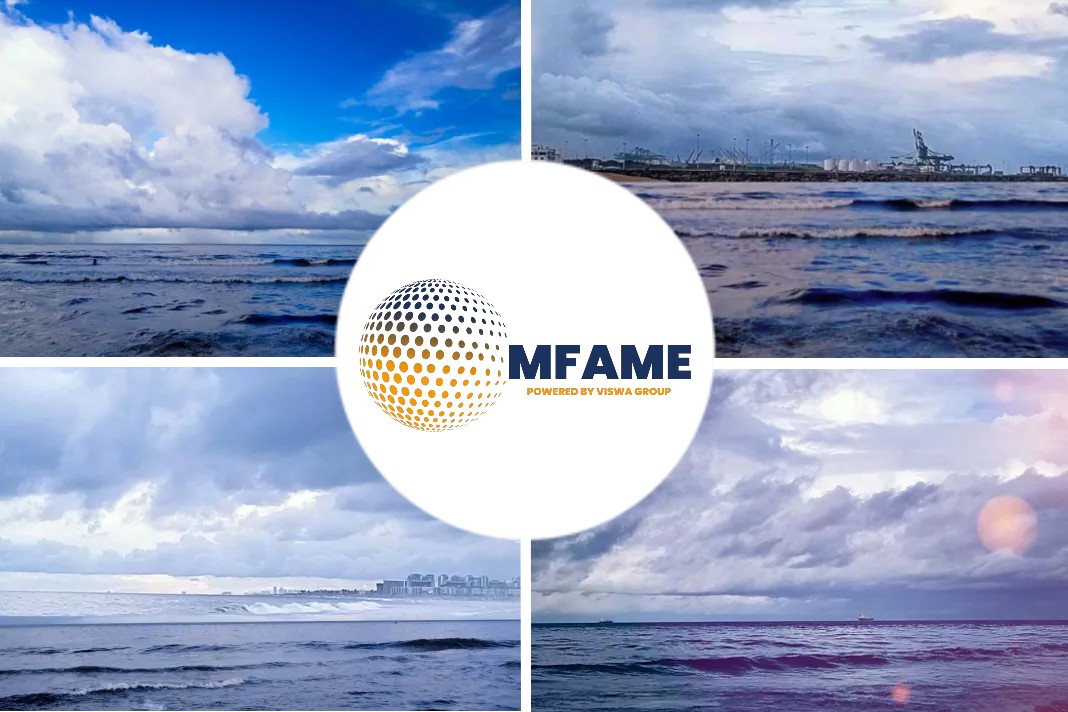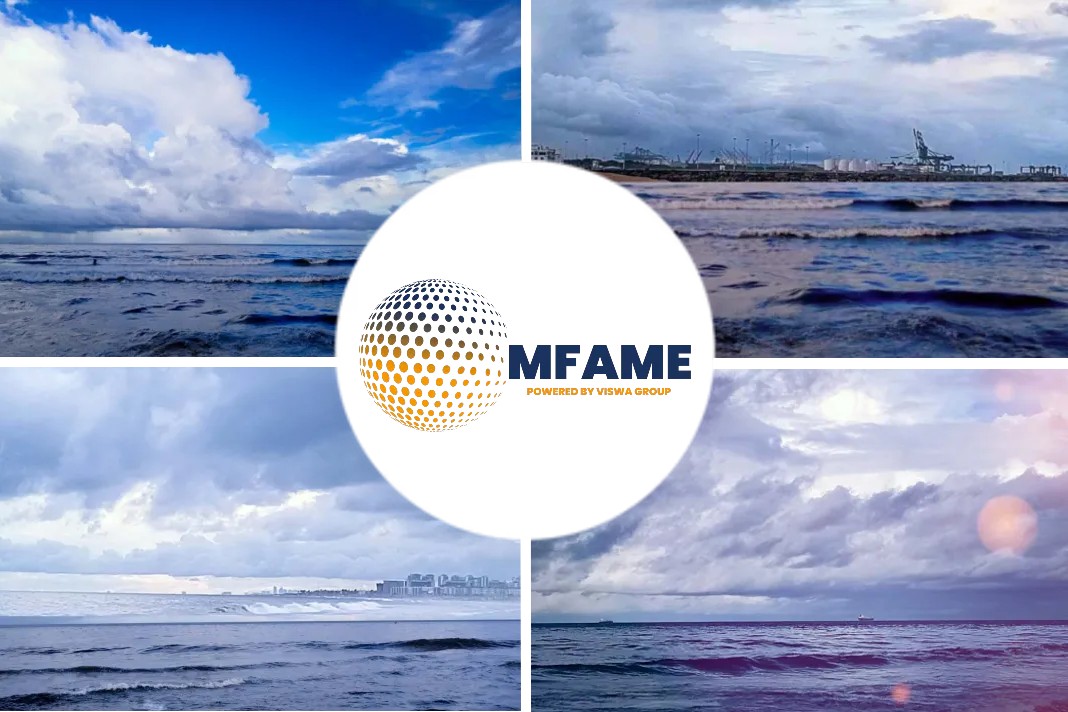- The IMO 2020 regulation shift from heavy oil to low-sulfur might hit vessel operators and cargo owners due to extra cost.
- IMO 2020 is a major change in the industry since it moved from coal to heavy oil.
- Owners expect steep hike in freight rates, though actual low-sulfur fuel cost stills remains a guess, where so far the price of common type bunker is $440 per metric ton.
- Cost handling really depend upon the retailer and their strategy to mitigate any potential increases.
- Shippers complain of a lack of clarity on costs, saying they are often saddled with surcharges that are difficult to understand.
- Scrubbers cost $3 million to $10 million per ship, but those carriers using them are betting they can recover the cost in about two years by burning bunker.
- Availability of low-sulfur fuel to power the global fleet is also a concern raised.
A shift from heavy oil to lower-sulfur fuels next year will hit vessel operators and cargo owners, but preparations are finally taking shape, says an article published in The Wall Street Journal.
Shift from Coal to Heavy Oil to LSFO
The introduction of low-sulfur fuels in oceangoing vessels next year to meet new emissions standards will mark the biggest change in ship propulsion since the maritime industry moved from coal to heavy oil early in the 20th century.
Shipping executives’ estimate that the emissions regulation taking effect from Jan 2020 will affect at least 60,000 vessels and cost the industry up to $50 billion.
Debate regarding the burdens
The expected burden has triggered a noisy debate about the
- added costs
- warnings over the quality and
- availability of the new fuels and
- calls to delay the rule.
With eight months to go, however, preparations are in full swing and the doomsday predictions are dissipating as more fuel providers set up depots and distribution sites.
High cost
A consensus also is building in the shipping world that customers will have to bear the higher costs across supply chains, as long as carriers are clear and transparent about how much more they have to pay to keep ships moving.
Cargo owners expect a significant jump in freight rates, which over the past five years have been hovering below break-even levels for vessel operators.
Extra fuel cost would lead to bankruptcies?
Many of the world’s shipping companies have been unprofitable for much of the past decade, and the outlook through 2021 remains grim on the back of a slowing global economy and trade tensions among the U.S., China and the European Union.
“If the extra costs related to low-sulfur fuel go to shipping companies and end there, it would result in bankruptcies,” said Soren Skou, chief executive of A.P. Moller-Maersk A/S, the world’s biggest container ship operator by capacity.
Heavy-burning that is going to be replaced
The new low-sulfur fuel is supposed to replace bunker, which propels most of the world’s oceangoing vessels.
The heavy-burning fuel contains 3.5% sulfur, far above the allowed limit for automobile gasoline in the U.S. and is the main reason the shipping industry contributes about 13% of world-wide sulfur-dioxide emissions, according to the IMO.
The new maritime fuel will have a 0.5% sulfur content.
Study reveals the reason behind the change
A 2016 study in Finland said that without the change in fuel, pollution from ships would contribute to more than 570,000 additional premature deaths globally between 2020 and 2025.
What is the cost of new maritime fuel?
The actual cost of the low-sulfur fuel still remains a guess. Shipping executives expect to pay 25% to 40% more than they pay for bunker because of the higher cost for producing the fuel and setting up new distribution sites.
Prices for the most common type of bunker have been running around $440 per metric ton so far this year.
Impact of the increase in fuel cost
Many cargo owners accept they will shoulder much of the bill, likely through shipping surcharges. Retailers are big users of container ships, and it will up to them whether the costs then get passed long to consumers.
“It is unclear at this point what kind of impact the fuel cost increases will have on consumer goods,” said Jon Gold, vice president of supply chain and customs policy at the National Retail Federation. “I think this will really depend upon the retailer and what their strategy is to mitigate any potential cost increases.”
Ship Exhausts
Scrubbers that hold back sulfur fumes are fitted across all ocean carriers.
Lack of clarity on cost with surcharges
Fuel surcharges have become a common tool for passing along increases in operating costs following sharp swings in bunker costs early in the decade.
“The supply chains operated just fine in 2011-2014, and there is no reason why this should not be the case this time around either,” said Lars Jensen, chief executive of Copenhagen-based SeaIntelligence Consulting.
Some shippers complain of a lack of clarity on costs, saying they are often saddled with surcharges that are difficult to understand.
Lack of transparency also a concern
“There is uncertainty on what will happen and how freight rates will be affected,” said Jordi Espin, a maritime policy manager at the European Shippers’ Council, a trade body that represents 75,000 cargo owners in the EU.
“Rates are already pushed up by ‘climate costs’ or fuel bunker surcharges, with no clear picture on why these extra costs already apply,” Mr. Espin said. “The whole process lacks transparency and a customer-oriented approach.”
Scrubbers relied upon
Much of the debate on the operating side has focused on scrubbers, a sulfur-trapping exhaust system that treats ship fumes before they are released in the atmosphere. Some carriers are relying on their use to reduce emissions and meet the new industry standard even while sticking with bunker fuel.
The devices cost $3 million to $10 million per ship, but those carriers using them are betting they can recover the cost in about two years by burning bunker instead of the new, more expensive low-sulfur fuel.
What does critics say about scrubbers?
Scrubbers are controversial, however, with critics saying they essentially mask sulfur emissions without eliminating the environmental damage.
“There is a lot of talk about scrubbers, but at the end around 90% of the global fleet will use low-sulfur fuel,” said Rolf Habben Jansen, chief executive of German boxship major Hapag-Lloyd AG , which plans to install scrubbers on only 10 of its 227 ships.
Low-sulfur fuel availability
Meanwhile, concerns that there will be too little low-sulfur fuel to power the global fleet are easing.
Oil company BP PLC said there will be ample supply at major ports, echoing similar assurances by suppliers Royal Dutch Shell PLC and Exxon Mobil Corp.
Environment friendly shipping
The sulfur-reduction plan is the step in shipping’s quest to become friendlier to the environment.
The industry has agreed to cut by half all greenhouse emissions by 2050, a far costlier exercise that will involve new hull designs and hybrid propulsion systems.
Did you subscribe to our daily newsletter?
It’s Free! Click here to Subscribe!
Source: WSJ















